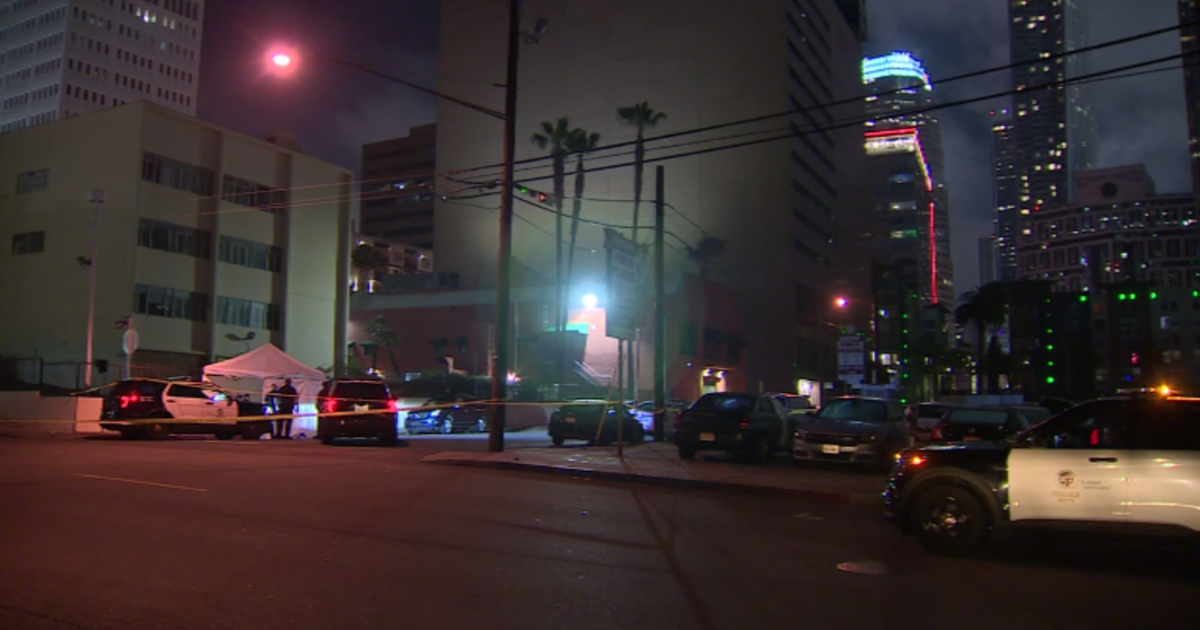KCAL9 Allowed Rare Glimpse Into Life With The Arson Squad
LOS ANGELES (CBS) — You know what the arson squad does ... but tonight KCAL9's Melissa McCarty got the rare chance to find out how they do what they do.
She shows us what it takes to catch a firebug.
From burn patterns to traces of an accelerant -- LA's Arson Squad is where the fire meets an investigation.
McCarty follows the squad and they show her the tools, techniques and tricks of the trade.
After the firefighters leave a scene, that's when the Arson Squad springs into action.
Officially known as the Los Angeles Fire Department's Arson and Counter Terrorism Team.
Patrick Leonard, a former firefighter, gave up battling blazes last year to catch firebugs. "We have to find out first, do we have a crime? Or is this an accidental fire?"
The bottom line, he understands, first hand how devastating a fire is -- regardless whether it is accidental or criminal. "It really sets in to you how much fear and terror that fires cause people and victims."
Leonard relies on the 30-plus years of field experience from arson investigators like Michael Camello. "The numbers [of cases] have increased dramatically over the years," he says, "we tend to see trends with the economy."
The group starts in the least burned area and works towards the areas with the most severe damage. Burn pattern is key. The origin of the fire, the squad tells McCarty, is usually where the fire has burned the longest. They look for white patches.
The Arson Squad s only made up of four investigators working 24-hour shifts to cover the entire city. And there are as many as 20 arson fires in Los Angeles -- in one day.
To help the squad, they rely on man's best friend. K-9 officer Major (and his handler Frank Oglesby) to help in their investigators. "Without the dog, it takes literally days to search." (Major also works for food. Literally.)
Once the squad determines a fire was set, evidence is sent to the crime lab and expert criminalist Grace Banks sets out to determine what was the arsonist's liquid of choice. "Usually it's something like hardware store lighter fluid or paint thinner."
And unlike the cases solved on CSI in mere minutes, Banks says in real life it will take between hours and days to find out what the accelerant was.
The team works tirelessly to bring arsonists to justice. "You just keep going until you catch the guy," says Leonard.



